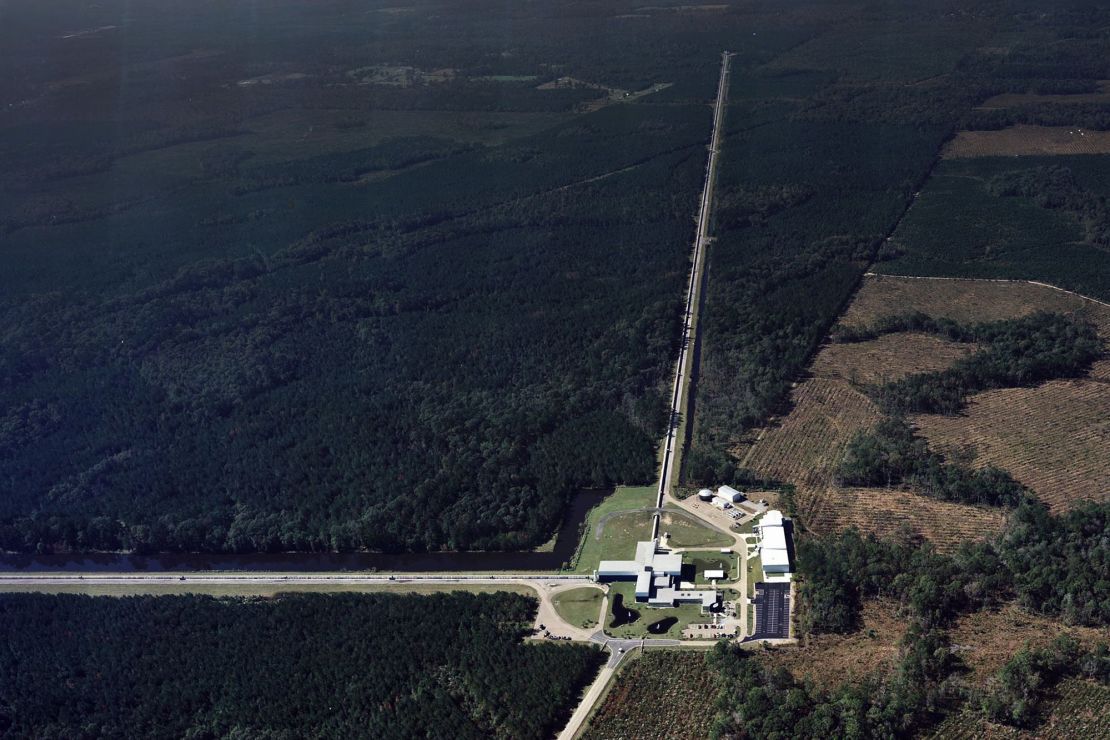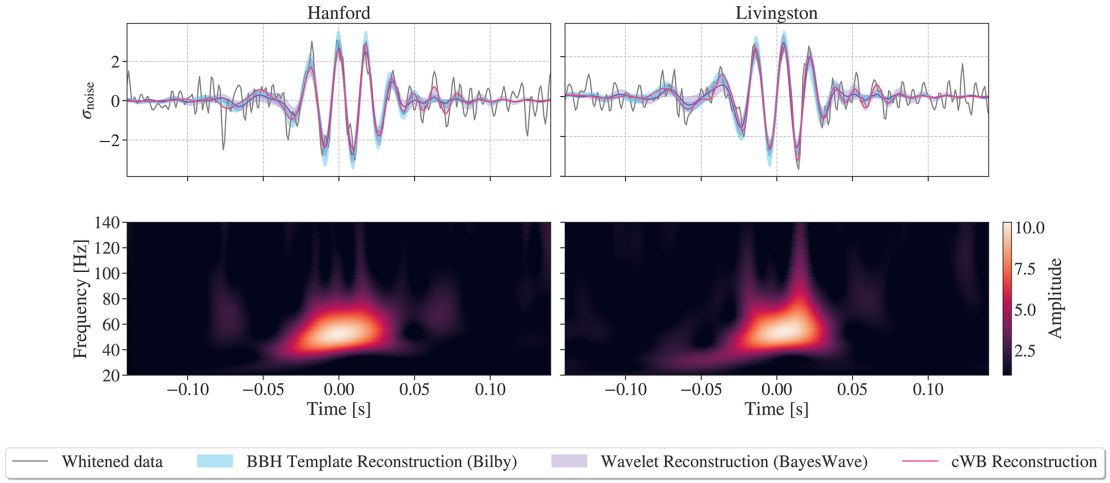Groundbreaking Black Hole Collision Reveals Unexpected Cosmic Phenomena
A remarkable black hole collision, now officially recognized as the most massive merger ever recorded, has stunned astronomers and deepened the mystery of how black holes form and evolve. This event, named GW231123, was detected through gravitational waves ripples in space-time captured by the LIGO observatories in the United States and supported by partners in Italy and Japan.

A Collision Too Big to Ignore
The black hole collision featured two incredibly massive bodies, estimated to weigh about 100 and 140 times more than our Sun. This places them right in the middle of the mysterious “mass gap” a range where traditional models of stellar collapse suggest black holes should not exist. These objects challenge scientists’ assumptions about what happens to massive stars at the end of their lives.
Black holes typically form when giant stars run out of fuel and collapse under their own gravity. However, there’s a size range where stars are expected to explode in a pair-instability supernova, leaving behind nothing. Yet, the black holes in GW231123 clearly exist in that forbidden zone.
Gravitational Waves Show What Telescopes Can’t
Because black holes do not emit light, traditional telescopes are unable to observe them directly. That’s where gravitational wave observatories like LIGO come in. These highly sensitive detectors pick up the tiny distortions in space-time caused by massive objects colliding at high speed. Since 2015, scientists have cataloged around 300 such black hole mergers but none like GW231123.
The waves from this event suggest the black holes were spinning at nearly maximum speed, another trait that separates them from the majority of past observations. This high rotation rate adds weight to the theory that these objects may not be first-generation black holes, but rather formed from earlier black hole mergers.
Possible Chain Reactions in Deep Space
If GW231123’s black holes were indeed born from previous mergers, that suggests a cosmic domino effect where black holes repeatedly collide and grow larger over time. Such a pattern would eventually result in a class of black holes with intermediate masses heavier than the end products of stellar collapse but lighter than the supermassive giants at the centers of galaxies.

Researchers speculate that young, dense star clusters might be the birthplace of these unusual mergers. In such environments, gravitational interactions between multiple stars and black holes could lead to repeated collisions, fueling the growth of these cosmic behemoths. Also Read: NASA TRACERS Set to Transform Space Weather Understanding With Powerful New Tech
Future Tools Could Confirm the Theory
While this groundbreaking black hole collision already breaks records, future instruments could unlock even more details. New gravitational wave observatories like the Einstein Telescope in Europe or the Cosmic Explorer in the U.S. are expected to provide greater sensitivity and deeper reach into space.
These advanced tools could reveal whether GW231123 is a rare anomaly or the first of many such discoveries waiting to be made. If more similar events are recorded, it could completely reshape our understanding of how black holes are born and how they grow.
Conclusion:
The discovery of GW231123 is more than just a new entry in the record books. It hints at an entirely new class of cosmic objects and formation processes. As gravitational wave astronomy continues to evolve, the universe may yet reveal secrets far stranger and more fascinating than we imagined.

